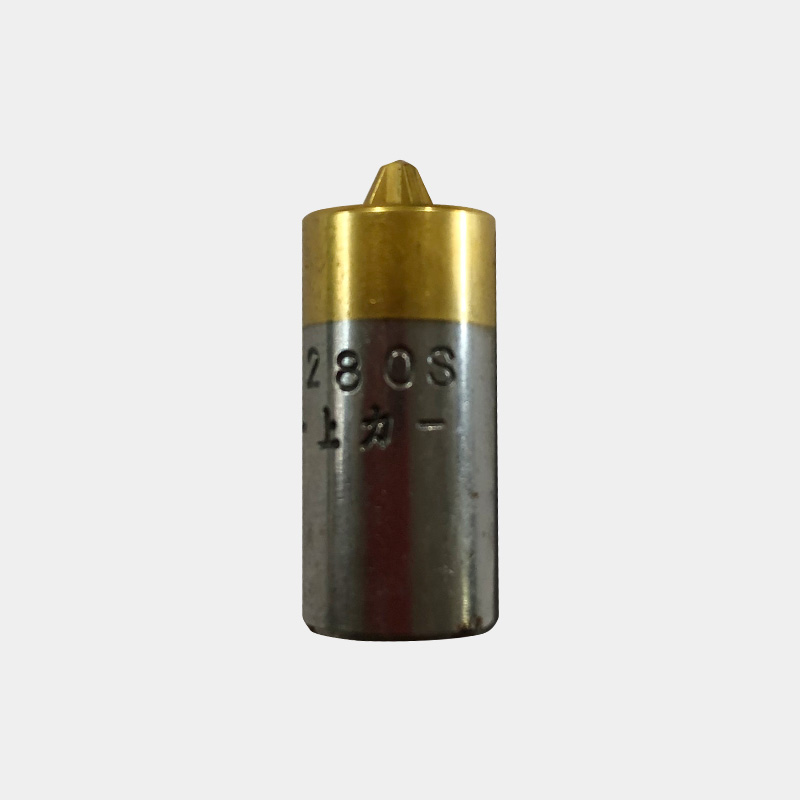Some mold materials and steel materials are very good, […]

three. Mold manufacturing process and the influence of residual stress
It is often found in the factory that some molds with complex shapes and high precision require large deformation after heat treatment. After careful investigation, it was found that the mold did not undergo any pre-heat treatment during the mechanical processing and final heat treatment stage.
1. Cause of deformation
The residual stress during machining and the stress after quenching are superimposed, which increases the deformation of the mold after heat treatment.
2. Precaution
(1) After roughing and before semi-finishing, a stress relief annealing should be carried out, that is, (630-680) ℃×(3-4)h furnace cooling to below 500 ℃, air cooling, or 400 ℃×(2- 3) h stress relief treatment.
(2) Reduce the quenching temperature and reduce the residual stress after quenching.
(3) Using quenching oil 170oC oil-out air cooling (stage quenching).
(4) The isothermal quenching process can reduce the residual stress of quenching.
Using the above measures can reduce the residual stress of the die after quenching and reduce the deformation of the die.
Four. Influence of heat treatment and heating process
Effect of heating speed
Mold deformation after heat treatment is generally considered to be caused by cooling, which is incorrect. Molds, especially complex molds, the correctness of the processing technology often has a greater impact on the deformation of the mold. It can be clearly seen from the comparison of the heating process of some molds that the faster the heating speed, the larger the deformation.
(1) Cause of deformation
Any metal must expand when heated, because when the steel is heated, the uneven temperature of each part (that is, the uneven heating) in the same mold will inevitably cause inconsistency in the expansion of each part in the mold, resulting in heating due to heating. Uneven internal stress. At temperatures below the phase transition point of steel, uneven heating mainly produces thermal stress, and uneven heating beyond the phase transition temperature will also produce unequalities in the transformation of the tissue, resulting in both structural stress. Therefore, the faster the heating rate, the greater the temperature difference between the surface of the mold and the center, the greater the stress, and the greater the deformation of the mold after heat treatment.
(2) Preventive measures
The complex mold should be heated slowly when it is heated below the phase transition point. In general, the deformation of the vacuum heat treatment of the mold is much smaller than that of the salt bath furnace. Using preheating, one-time preheating (550-620oC) can be used for low alloy steel molds; two-time preheating (550-620oC and 800-850oC) should be used for high alloy steel molds.